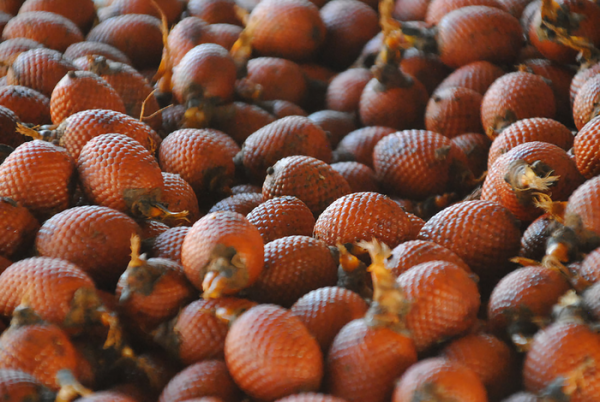An international research team, jointly led by the University and the Peruvian Amazon Research Institute (Instituto de Investigaciones de la Amazonia; IIAP) has shown for the first time the widespread harm caused in Peru by cutting down the palm tree Mauritia flexuosa in order to harvest its fruit.
The scientists examined where and why the trees were felled, producing detailed maps and analysis to reveal the extent of the environmental and economic damage caused by cutting down the palms.
Study lead author Gabriel Hidalgo, who conducted the research as a postgraduate student at Leeds’ School of Geography while based at IIAP, said: “Cutting down female palm trees to harvest the fruit has halved the total production of fruit of this palm that is available to local communities.
“This is a clear example of the impact of humans on natural resource levels, in an ecosystem that, on first look, appears undamaged.
“However, changing the way the fruit is harvested can increase both the number of fruit-bearing palms trees, and the value of these Amazonian peatland ecosystems to people.”
Read more at: University of Leeds
Mauritia palm fruit (Photo Credit: Dael Sassoon)


